Digital space

Sci Fi Space Art


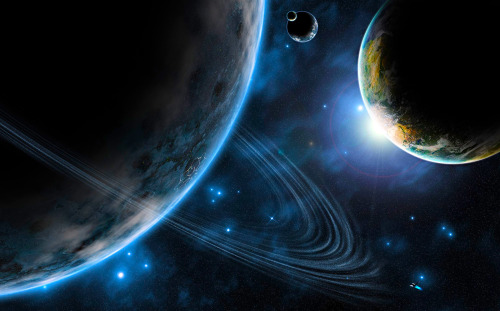

explore-blog: Dorion Sagan on the spirit of science and its...

Dorion Sagan on the spirit of science and its necessary connection to philosophy.
Titan's atmosphere is twice as thick as the Earth's, making it...
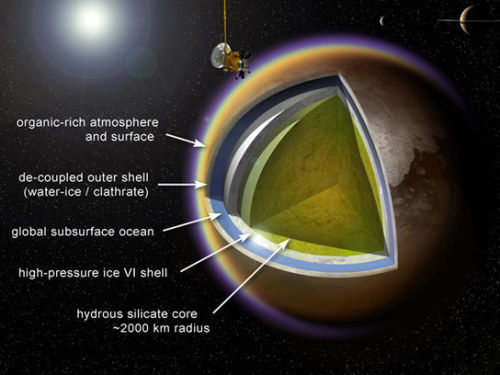
Titan's atmosphere is twice as thick as the Earth's, making it difficult for astronomical instruments to image its surface in the visible light spectrum. Researchers had to combine several image data sets to get the most accurate map of Titan yet.
Doppler tracking has allowed them to measure Titan's gravitational field, which has given the researchers an idea of the internal composition of Titan. The layers include a water-ice crust, subsurface ocean, a shell of high-pressure and a rocky interior.
via scitechdaily
paleoillustration: Carnotaurus and Spinosaurus walk cycles for...

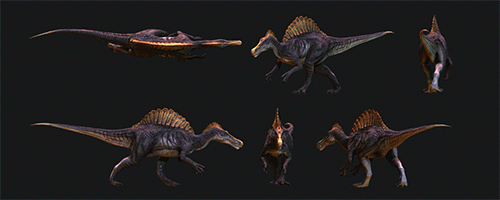
Carnotaurus and Spinosaurus walk cycles for the videogame Primal Carnage. Animation by Maccollo models and textures by Kevin Bryant
kenobi-wan-obi: Boldly Go? Can Humanity Afford 'Star...
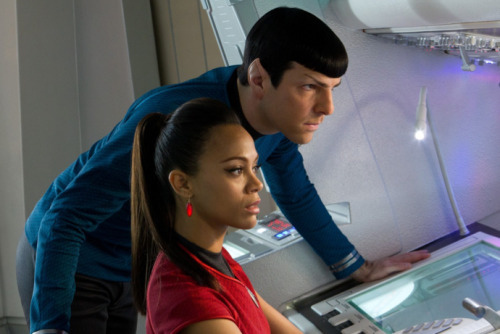
Boldly Go? Can Humanity Afford 'Star Trek'-Like Space Exploration?
The public has no shortage of enthusiasm for fictional spacefarers, as this weekend's box-office win by the newest "Star Trek" film proves. Yet the real-life U.S. space agency finds itself strapped for cash these days. With federal budgets tightening and NASA feeling the pinch, some space advocates are asking, "Can humans afford to reach the stars?"
Believe it or not, experts are looking into the finances of not just relatively short-term missions to Mars and the moon, but also long-term prospects of 'Trek'-ian proportions. It may be possible to find the money, they say, but it would likely take some policy changes — and those changes could start today.
Captain, we don't have the funding!
"Star Trek: Into Darkness" brought in about $84 million in its opening weekend — just a month after NASA cut $200 million from its planetary-sciences budget. (In an odd move, NASA's newest budget explicitly states that it will notfund any missions to Europa, the ice-moon of Jupiter that stands as one of the solar system's best candidates for supporting life, noted Casey Dreier, an advocacy and outreach strategist at The Planetary Society, a nonprofit organization devoted to planetary exploration.)
Those cuts come as NASA and the rest of the federal government negotiate sequestration cuts, which could trim $7 billion from NASA's ledgers next year if the reductions are maintained.
But even without the sequester, NASA hasn't commanded the kind of money needed for real, ambitious space travel in decades, said Marc Millis, a former NASA propulsion physicist and founder of the Tau Zero Foundation, which is dedicated to interstellar travel.
After hitting an apex with the Apollo moon program, NASA's purse shrunk considerably and has stayed stagnant since, Millis said. NASA's funds reached about 4.5 percent of the total federal budget during the Apollo era, Millis calculated. By 2009, NASA's share had fallen to about 0.5 percent. "The amount that's devoted to NASA now is enough to keep it going," he said. "But to do really cool space travel is not possible now."
Essentially, the agency has floated along on autopilot, clutching at relatively low-hanging fruit, like the space-shuttle missions, said Paul Gilster, who researches and writes about interstellar technologies for Tau Zero. "We should have something else than just going 'round and 'round the Earth," he said.
Michael Carroll's Cosmic Comparisons Enceladus over...

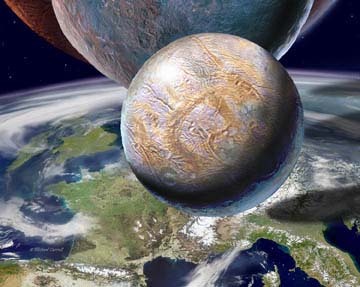
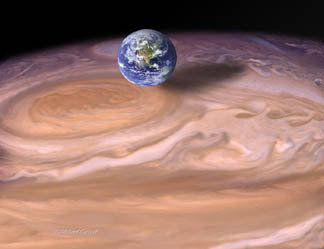
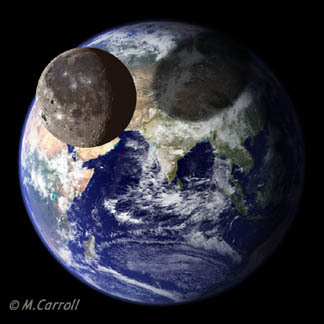
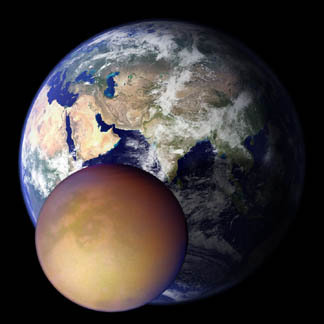
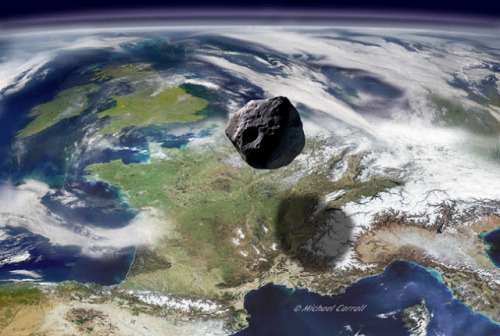
Michael Carroll's Cosmic Comparisons
- Enceladus over Spain
- Eris, Ceres, and Charon over Europe
- Jupiter & Earth
- Earth & Luna
- Earth & Titan
- Epimetheus over France
realcleverscience: Brian Cox has a marvelous manner of...


Brian Cox has a marvelous manner of speaking.
Photo
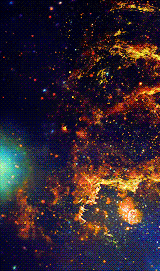

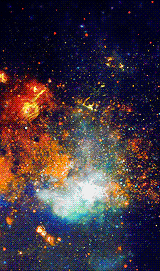
geologise: STS-125 Atlantis Solar Transit (200905120002HQ) In...
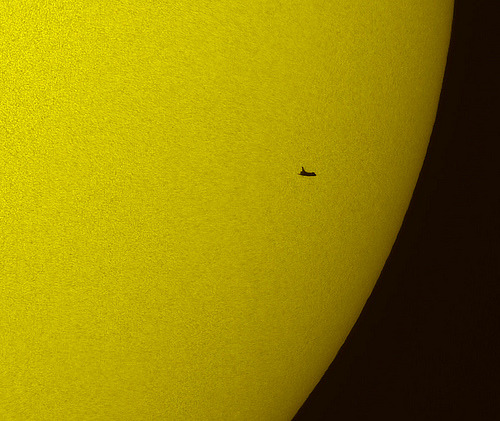
STS-125 Atlantis Solar Transit (200905120002HQ)
In this tightly cropped image, the NASA space shuttle Atlantis is seen in silhouette during solar transit, Tuesday, May 12, 2009, from Florida. This image was made before Atlantis and the crew of STS-125 had grappled the Hubble Space Telescope. Photo Credit: (NASA/Thierry Legault) Thierry made this image using a solar-filtered Takahashi 5-inch refracting telescope and a Canon 5D Mark II digital camera.
Photo Credit: (NASA/Thierry Legault). You can see more of Thierry's fine work at: www.astrophoto.fr/
eocene: Fluorite, Quartz, and Wolframite

paleoillustration: Mastodon americanum, Equus scotti and...

Mastodon Creek

Mastodon americanum

Tapirus veroensis

Equus scotti
Mastodon americanum, Equus scotti and Tapirus veroensis by Stevie Moore, prints available here
IC1805

M51, A Classic Beauty

Sci Fi Art by Edward Miller

Sci Fi Art by Edward Miller
Digital Space Art by R3V4N



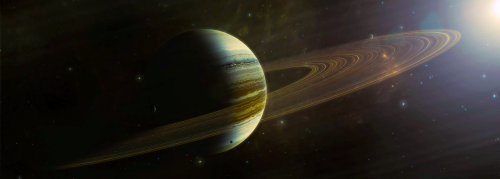
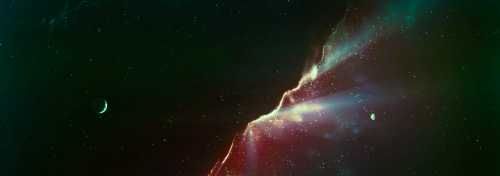
Digital Space Art by R3V4N
Crab Nebula
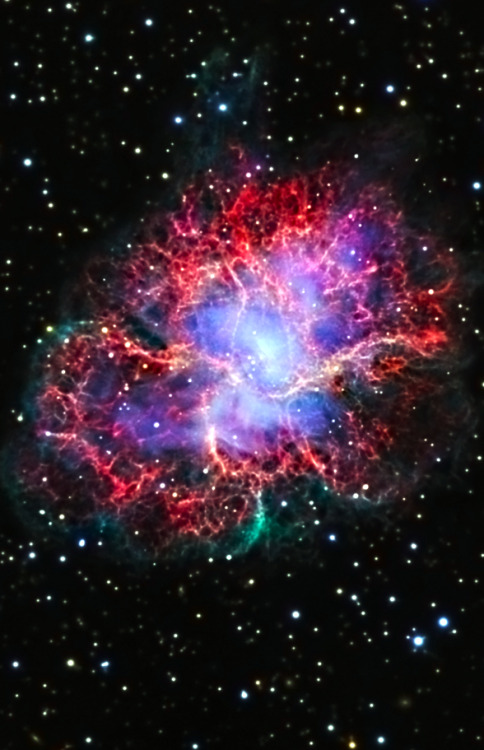
Iris Nebula
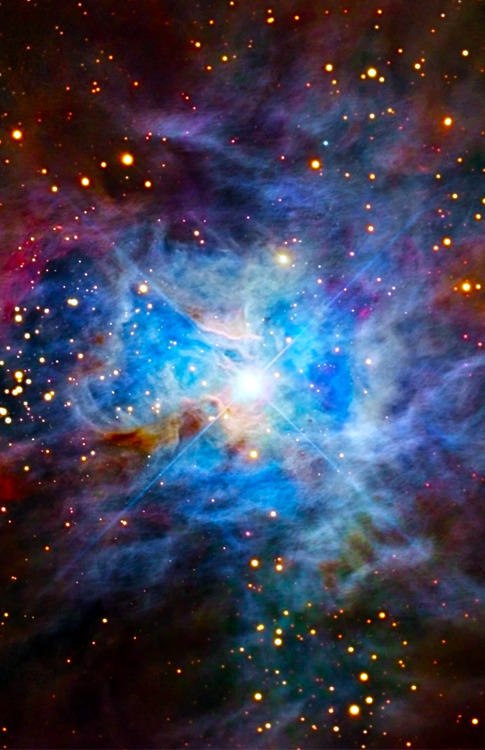
NGC 1097 in Fornax

NGC 891















No comments:
Post a Comment